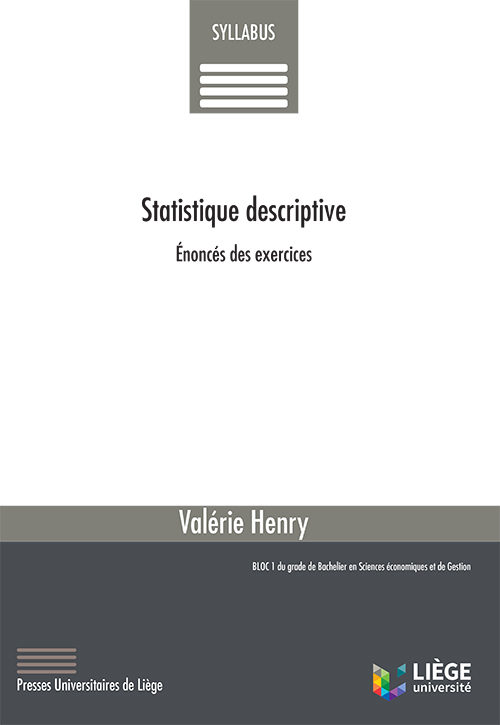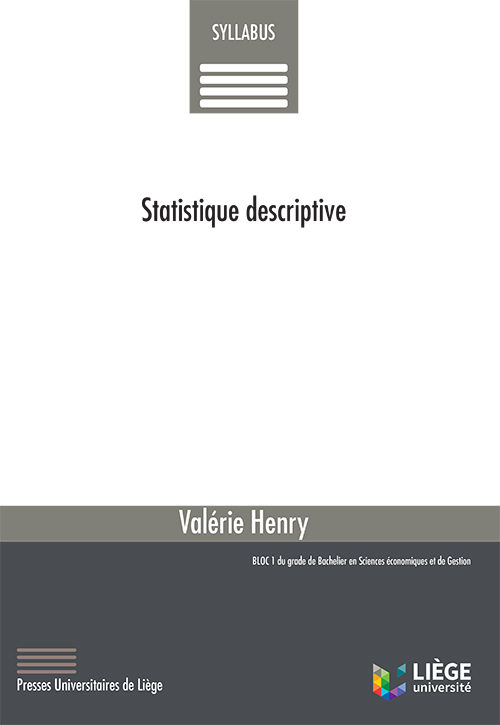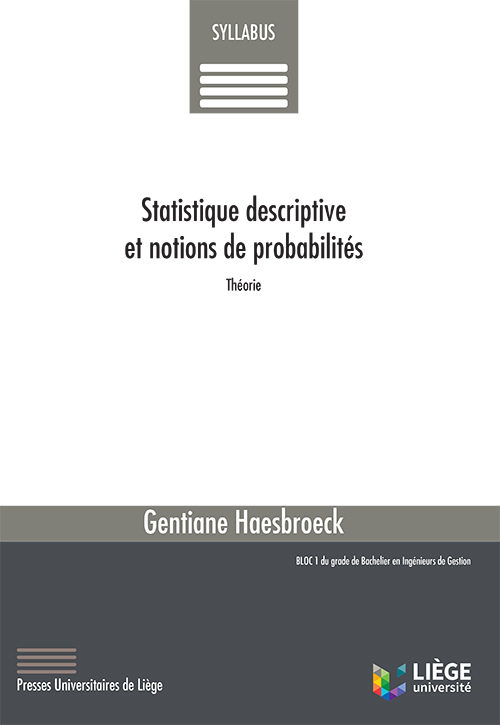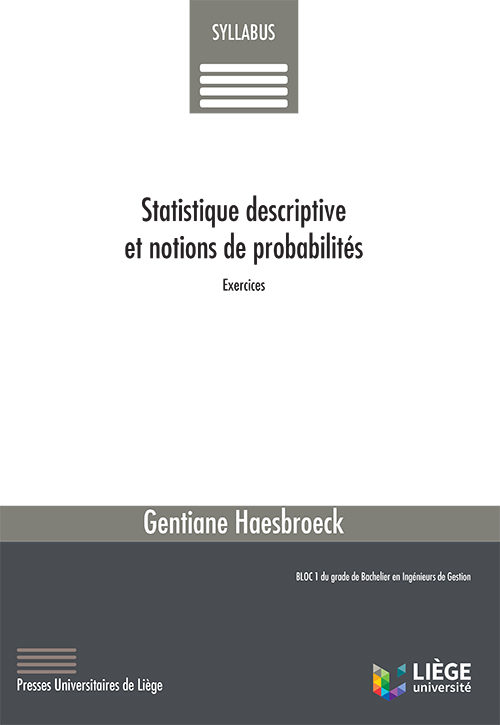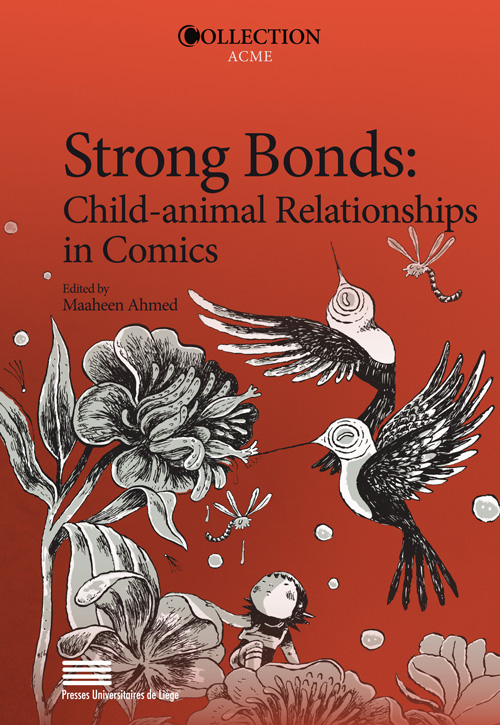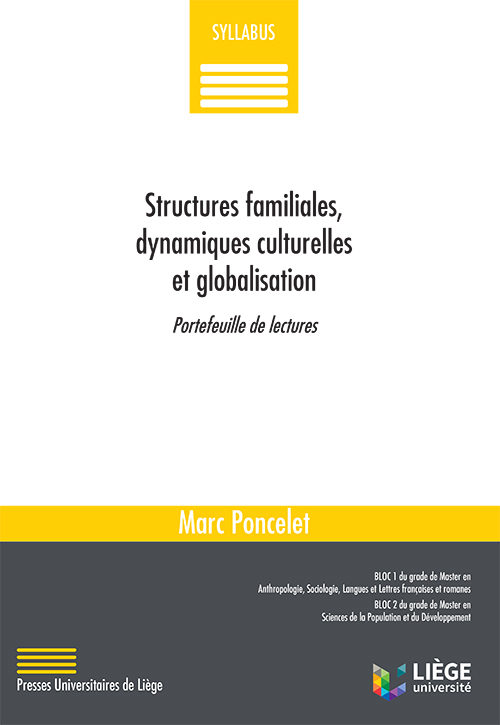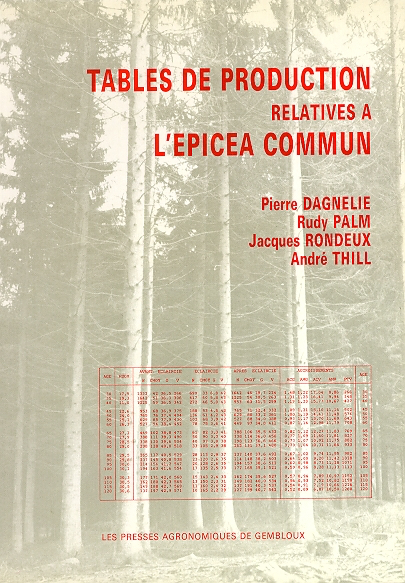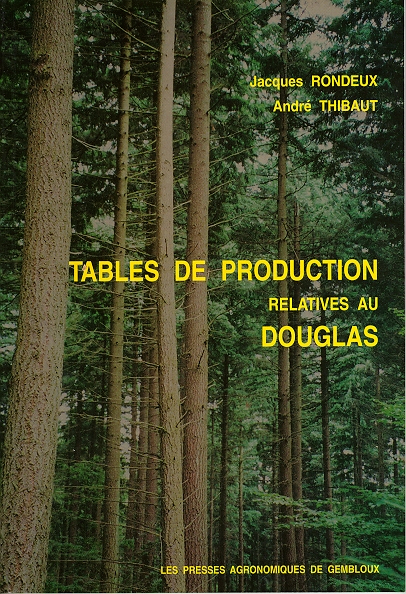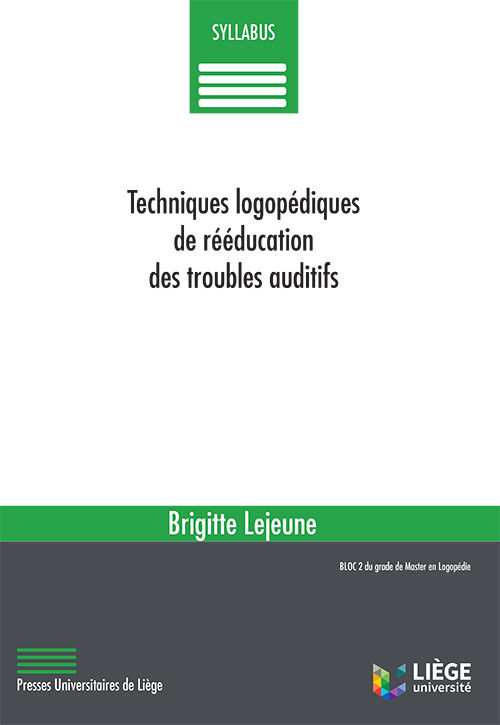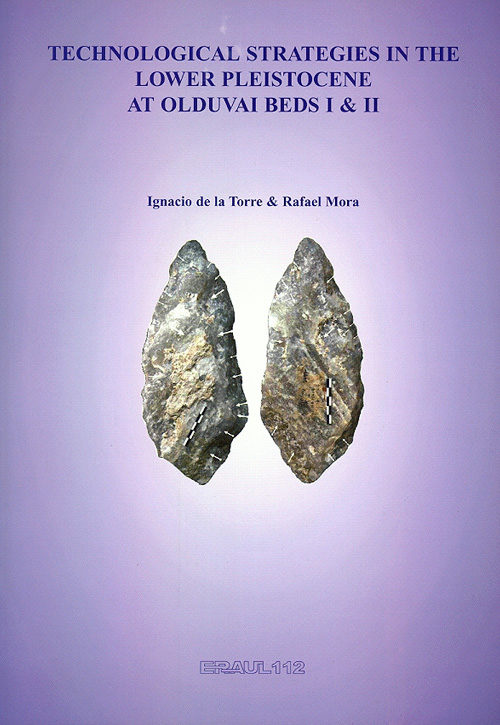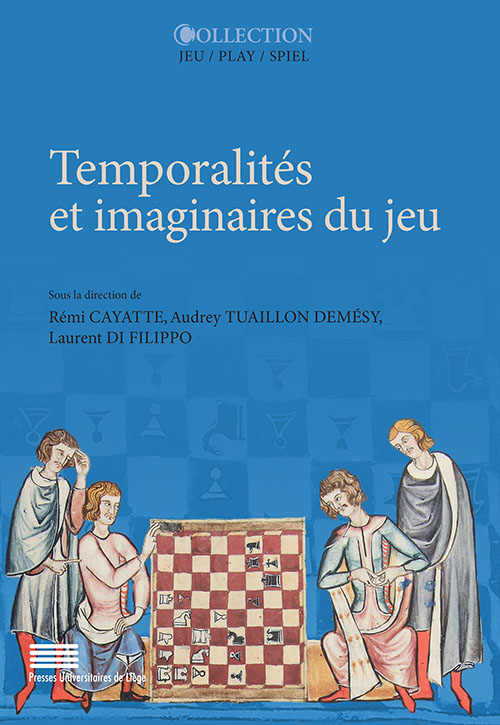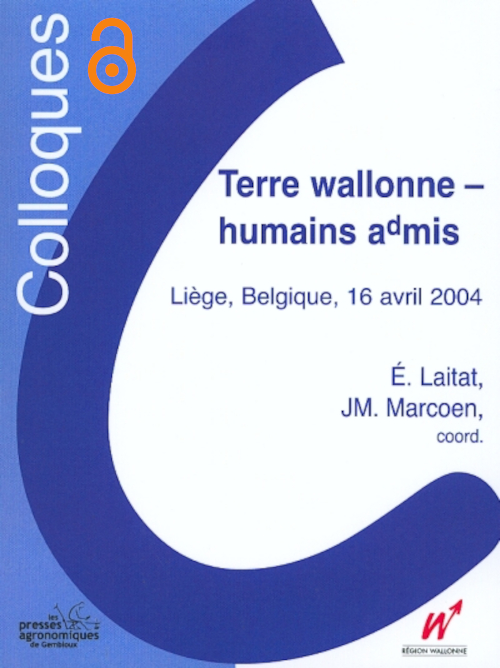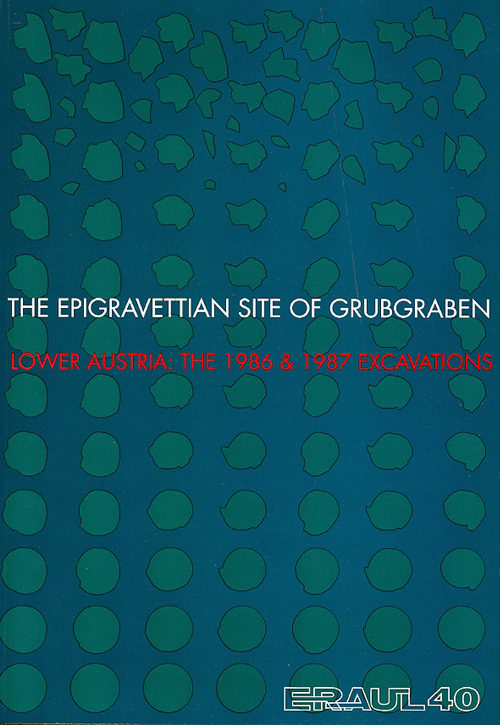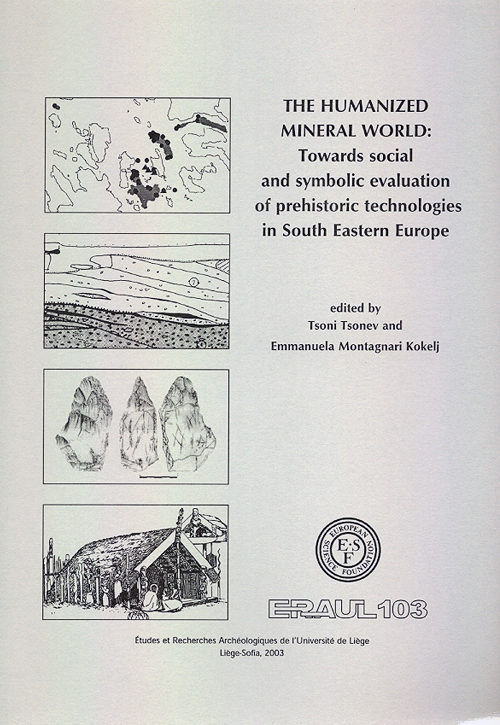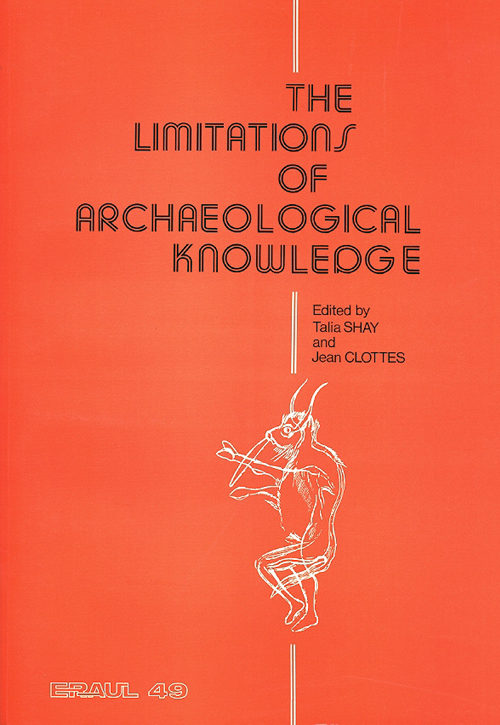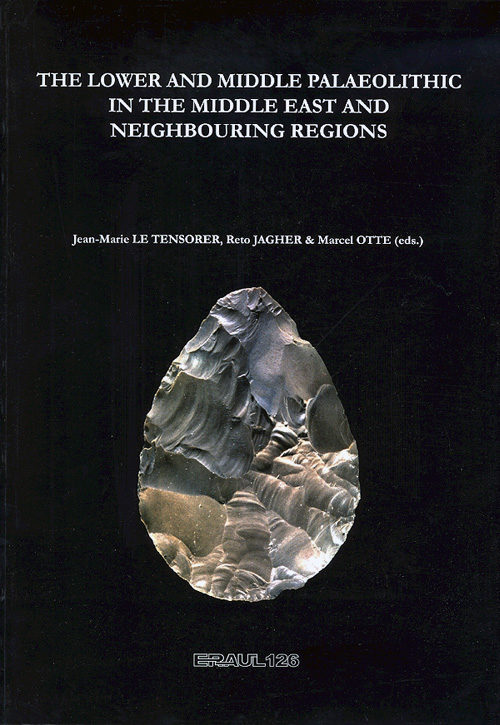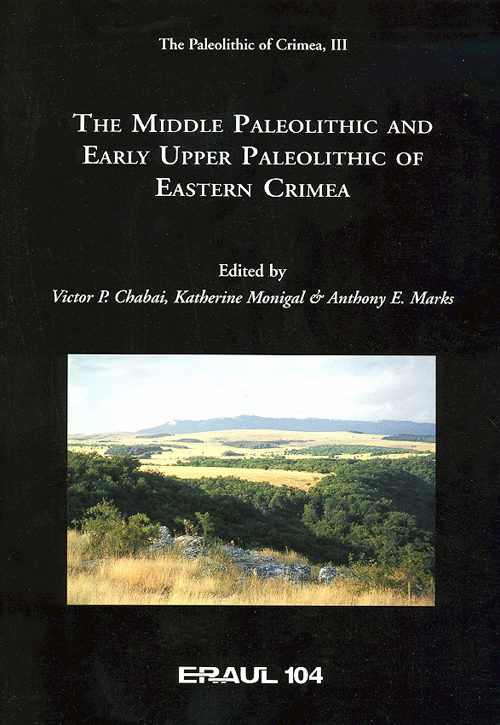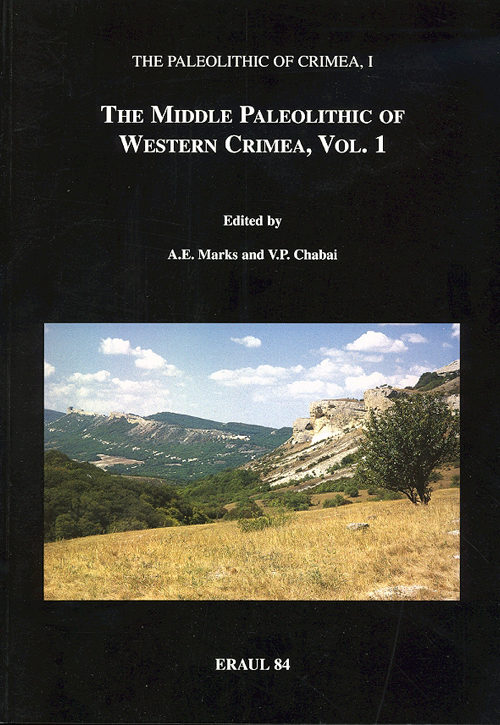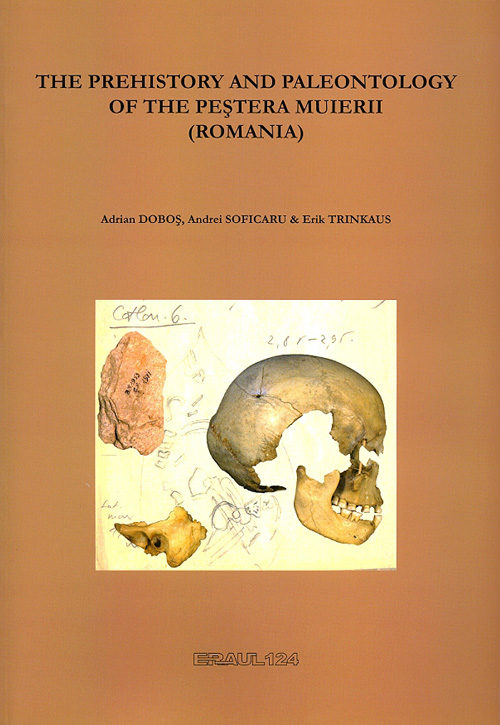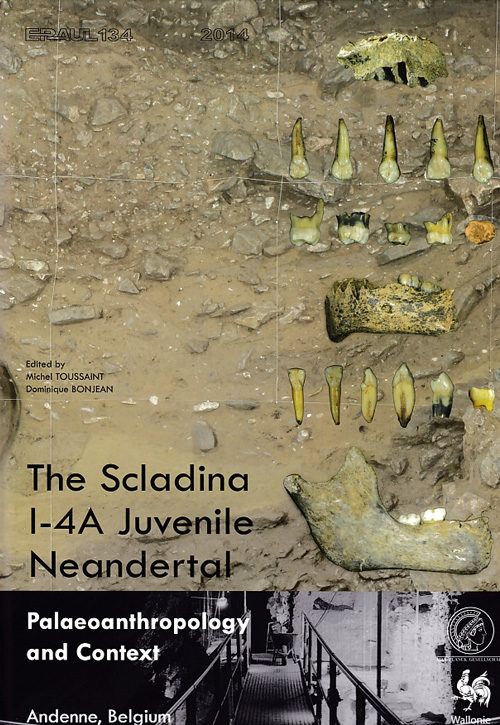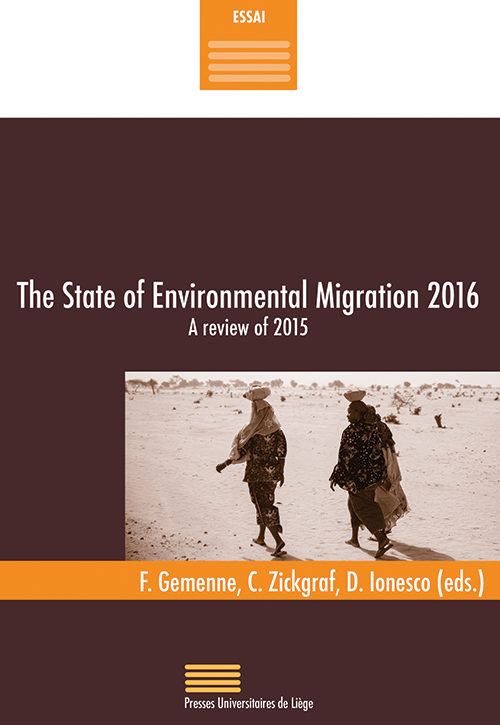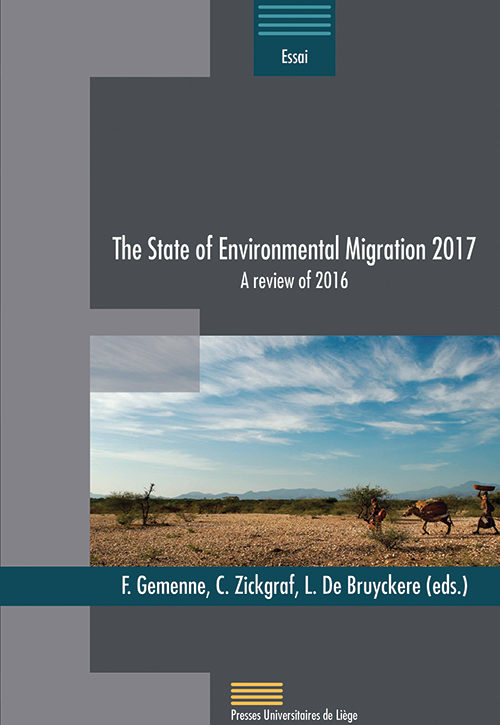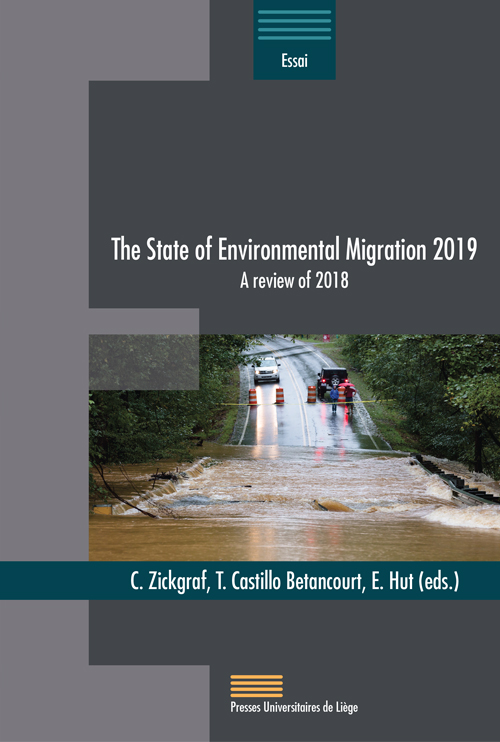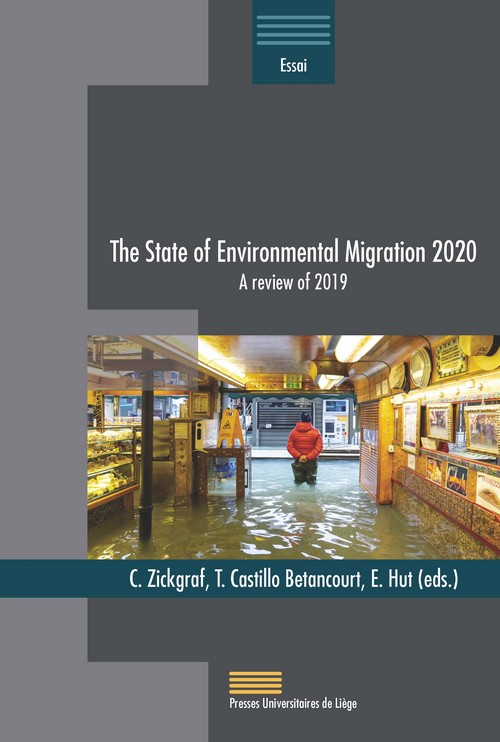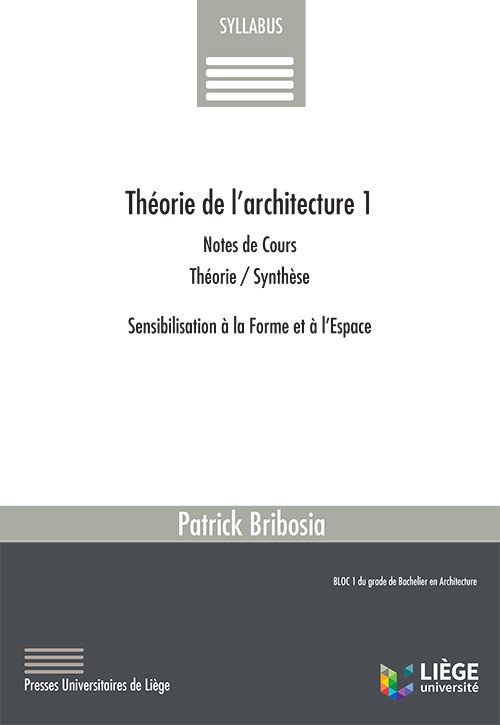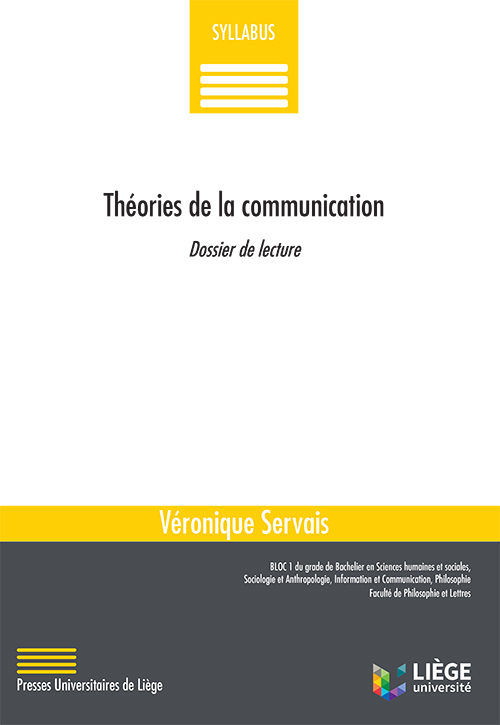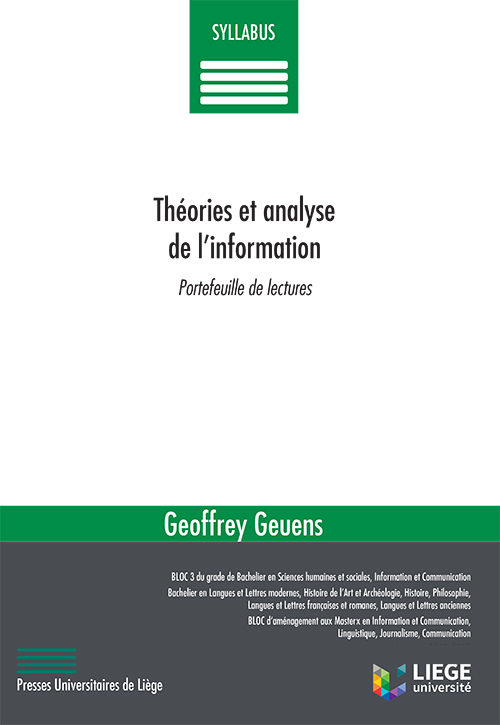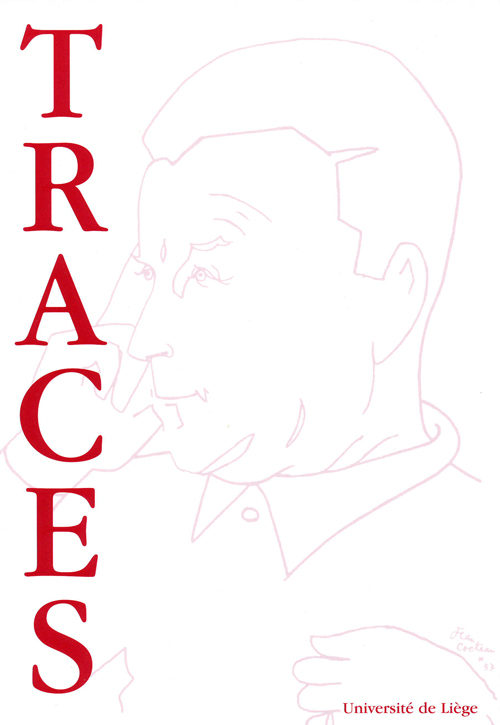-
Énoncés des exercices par HENRY, Valérie BLOC 1 du grade de Bachelier en Sciences économiques et de Gestion
-
par HENRY, Valérie BLOC 1 du grade de Bachelier en Sciences économiques et de Gestion
-
Théorie par HAESBROECK, Gentiane BLOC 1 du grade de Bachelier en Ingénieur de Gestion
-
Exercices par HAESBROECK, Gentiane BLOC 1 du grade de Bachelier en Ingénieur de Gestion
-
par Maaheen Ahmed (ed.)Snoopy and Charlie Brown, Calvin and Hobbes, Tintin and Snowy… comics are home to many memorable child and animal figures. Many cultural productions, especially children’s literature and cartoons, stress the similarities between children and animals, similarities that have their limits and often place the child, as human, above the animal. Still, these fictional situations offer opportunities for thinking of child-animal relationships in diverse ways through, for instance, considering the possibilities of privileged contact between children and animals or of animals that are more knowledgeable and powerful than children and even adults. Despite the prevalence and success of child-animal tandems in comics and culture, we know very little about these relationships. What makes them so popular? How do they work? How much do they vary across time and cultures? What do they tell us about the place of animals and children in comics and in the real world? Strong Bonds: Child-animal Relationships in Comics takes a first, important step in this direction. Bringing together scholars with a diverse range of comics expertise, the volume’s chapters combine contextualized readings of comics with relevant theories for interrogating childhood and animalhood, their overlaps and divergences. The strong bonds between children and animals mapped out here point towards alternative modes of conceptualizing family and identity and, ultimately, alternative means of reading, interpreting and imagining. With chapters on early comics (the Italian children’s magazine Corriere dei Piccoli during WWI, Harold Gray’s Little Orphan Annie) international and regional classics (Tintin, the Flemish Jommeke) and contemporary graphic novels (Bryan Talbot’s A Tale of One Bad Rat, Brecht Even’s Panther), this critical anthology sheds light on a vast array of child-animal relationships in comics from Europe and North America. Maaheen Ahmed is an associate professor of comparative literature at Ghent University. She is author of Openness of Comics (2016) and Monstrous Imaginaries: The Legacy of Romanticism in Comics (2020). She is currently principal investigator of the ERC-funded project COMICS which seeks to piece together an intercultural history of children and comics.
-
Portefeuille de lectures par PONCELET, Marc BLOC 1 du grade de Master en Anthropologie, Sociologie, Langues et Lettres françaises et romanes BLOC 2 du grade de Master en Sciences de la Population et du Développement, Sociologie
-
par DAGNELIE, Pierre, PALM, Rudy, RONDEUX, Jacques et THILL, André
Les Tables de production relatives à l'épicéa commun sont destinées à tous ceux qui s'intéressent aux problèmes de production, d'estimation et de gestion des forêts de l'Ardenne belge et des régions limitrophes de Belgique, d'Allemagne, de France et du Grand-Duché de Luxembourg. Les tables de production proprement dites sont graduées en fonction de l'âge des peuplements, de leur hauteur dominante et de différents types de traitement. Elles sont complétées par des tables de répartition des arbres en classes de grosseur. Ces tables permettent de réaliser des estimations et des prévisions de production, globalement et par catégories de produits, ainsi que des estimations financières. Elles peuvent aussi servir à orienter le traitement des forêts, en fonction d'objectifs fixés à priori.
Table des matières Introduction. L'épicéa commun en Ardenne. Construction des tables. Utilisation des tables. Résumé. Tables de production. Tables de répartition des arbres en classes de grosseur. Index bibliographique. Index des symboles. Index of symbols (English translation). -
par RONDEUX, Jacques et THIBAUT, André
Fruit de l'expérience d'une équipe de recherche œuvrant depuis plus de 25 ans dans le domaine de la productivité forestière, les tables de production relatives au douglas se situent dans la lignée des tables relatives à l'épicéa commun publiées en 1988 et concernent aussi bien la Belgique que les régions limitrophes d'Allemagne, de France et du Grand-Duché de Luxembourg. Elles constituent non seulement un document de référence pour les enseignants, les experts forestiers, les chercheurs et les étudiants concernés par les problèmes de gestion, de production et d'estimation des forêts mais aussi un outil d'aide à la décision pour les propriétaires et les gestionnaires forestiers tant publics que privés ainsi que pour les exploitants forestiers. Les 24 tables de production sont graduées en fonction de l'âge des peuplements pour trois niveaux de productivité (hauteur dominante à 50 ans) et huit scénarios sylvicoles (éclaircies) couvrant un large éventail de sylvicultures susceptibles d'être appliquées aux douglasaies. Elles sont complétées par des tables de répartition des arbres en catégories de grosseur (nombre de bois et volumes) ainsi que par plusieurs tarifs de cubage. La construction proprement dite des tables est explicitée en début d'ouvrage. Leurs perspectives d'utilisation et limites de validité sont illustrées par de nombreux exemples choisis parmi les cas les plus fréquemment rencontrés. Ces tables donnent la possibilité de réaliser des estimations et des prévisions de production au cours de la vie des peuplements, globalement et par type de produits, ainsi que des estimations axées sur la rentabilité financière ou encore sur la disponibilité des ressources ligneuses. Elles sont aussi un précieux auxiliaire pour l'étude des milieux de croissance, pour la gestion des massifs forestiers et pour le traitement sylvicole des douglasaies en fonction d'objectifs, à moyen et à long terme, fixés par le gestionnaire. Les traductions anglaise et allemande des symboles utilisés facilitent l'utilisation de ces tables pour les lecteurs non francophones.
-
par LEJEUNE, Brigitte BLOC 2 du grade de Master en Logopédie
-
par Ignacio DE LA TORRE & Rafael MORA Abstract
This book envisages an analysis of the lithic collections from several sites Mary Leakey excavated between 1960 and 1963 in Bed I and II at Olduvai (Tanzania), currently stored at the National Museum of Nairobi (Kenya) and previously published in a classic monograph (Leakey 1971). Nonetheless, we have conceived this study from a standpoint that relates more to aspects concerning technical production than to the typological issues that governed Leakey’s approximation. Furthermore, the Olduvai collections will be contemplated from a contextual prism, bearing in mind a constant concern in reconstructing the processes that formed the archaeological record, aiming to understand the differences or similarities that appear between the different assemblages. This monograph focuses on the analysis of lithic materials. We assume blood cannot be squeezed from stones, paraphrasing the title of one of the articles by Isaac (1977b). Yet, we can reconstruct part of the puzzle concerning human evolution by understanding the technological guidelines and technical patterns in use during the transformation processes, which are, in short, telling of the hominids´ behaviour. A meticulous analysis of the lithic objects can provide valuable information to comprehend their technical abilities, cognitive skills and economic concerns. Therefore, each lithic object will be studied analytically, attempting to integrate them in the corresponding stage of the chaîne opératoire. It is essential to keep a distance from the last works that examined the Olduvai sequence (Ludwig 1999; Kimura 1997, 1999, 2002). Therein, artefact categories stand their own ground (in a classically typological conception), and are compared in isolation throughout a chronological sequence. In contrast, we consider that it is essential to analyse each lithic element in connection with others, and each site as a whole, since each assemblage is subjected to specific, exceptional circumstances. Only upon understanding each collection after comparing the different categories it comprises, it is possible to elaborate conclusions that can subsequently be extrapolated and compared to the facts documented in other sites. This work contains constant references to the terms Oldowan and Acheulean. The Oldowan was defined precisely in Olduvai, therefore this location is the perfect setting for the justification of the term. In fact, the term Oldowan has well-defined chronological and cultural connotations, whilst Mode 1 defined by Grahame Clark (1969) has, over recent years, been used without enough precision. The same occurs with the Acheulean, which will predominate herein over the term Mode 2, and which also presents specific technological, chronological and cultural features. One of the key goals this work establishes is precisely to define the attributes that characterise the Oldowan and the Acheulean, and to attempt to understand the technological and cultural connotations this differentiation entails. Therefore it is essential that this dichotomy exists explicitly in our discourse. In the first chapter we will expound some general notions on the historiography of the Olduvai expeditions, the stratigraphy, the radiometric and paleo-ecological framework, the archaeological sequence Leakey defined, and the methodology employed in our re-examination. By doing so, we aim to create a suitable contextual framework in which to develop the technological study. As regards all other matters, the index of this work respects a diachronic structure, starting with the oldest sites in Bed I and moving through the archaeological sequence to the top of Bed II, the chronological limit for our research. After presenting a systematic description of each site in its corresponding chapter, general conclusions that summarise and present a global interpretation of the Olduvai sequence appear at the end of the monograph. Our goal is to combine a systematic study of the lithic reduction methods and chaînes opératoires, with a vaster vision that integrates these technical systems in the general framework of the land-use by hominids. We assume that the manufacturing of any stone tool is the result of a series of technical, economic, social and symbolic options that can be encompassed under the term strategies (Perlès 1992:225). From this general perspective, in this work we will attempt to understand the technological strategies used by the humans that lived in Olduvai during the Lower Pleistocene. (The authors).
-
Rémi Cayatte, Audrey Tuaillon Demésy et Laurent Di Filippo (dirs)
Cet ouvrage pluridisciplinaire réunit les contributions de douze chercheurs et chercheuses s’inscrivant dans le champ des études universitaires sur les jeux. Il est centré sur les manières dont différents imaginaires contribuent à la construction de mondes du jeu (vidéo, de rôle, sportif, etc.) et aborde comment les mécanismes temporels participent à la structuration et à l’appropriation d’expériences ludiques. Les douze chapitres de cet ouvrage sont organisés autour de deux axes principaux. Dans une optique principalement narrative, le premier s’intéresse aux contenus des jeux, aux temporalités intradiégétiques ainsi qu’aux spécificités relatives à leurs mises en scène. Quant au second, il se situe dans une perspective davantage ancrée en sciences sociales et s’intéresse aux pratiques ludiques et aux dimensions temporelles qu’elles permettent d’expérimenter. Entièrement dédié aux questions temporelles et à la manière dont elles sont véhiculées par et dans des imaginaires ludiques, ce volume place au coeur de son propos des réflexions qui demeurent encore à la marge des recherches en sciences du jeu.
Rémi CAYATTE est docteur en Sciences de l’information et de la communication, maître de conférences en SIC à l’université Toulouse III. Ses recherches portent sur les notions de communication, d’agentivité et d’expressivité dans les systèmes de jeu et plus largement dans les dispositifs d’interaction.
Laurent DI FILIPPO est docteur en Sciences de l’information et de la communication et en études scandinaves et maître de conférences en SIC à l’université de Lorraine. Ses recherches portent sur la réutilisation des mythes nordiques et de l’imaginaire viking dans les médias contemporains, ainsi que sur les rapports entre jeux et faits religieux.
Audrey TUAILLON DEMÉSY est docteure en sociologie, professeure en STAPS à l’université de Franche-Comté (laboratoire C3S). Ses travaux portent sur les cultures alternatives (sports subculturels, reconstitutions historiques, culture punk) et les imaginaires, notamment du temps, qui les entourent.
-
par LAITAT, Eric (coord.) et MARCOEN, Jean-Marie (coord.)
-
par BOGAERT, Jan (éd.) et HALLEUX, Jean-Marie (éd.)
Nous assistons actuellement au peuplement des zones périurbaines de la planète par des centaines de millions d'individus. Cette évolution pose de redoutables problèmes et des difficultés inédites pour les politiques publiques. Si les effets de la périurbanisation sont relativement bien connus dans les pays du Nord, les analyses dédiées aux pays du Sud sont bien moins développées. L'ouvrage "Territoires périurbains : développement, enjeux et perspectives dans les pays du Sud" permet de lever un coin du voile sur cette problématique et sur les grands défis que la périurbanisation pose pour le Sud en général et pour l'Afrique centrale en particulier.
L'ouvrage débute en cherchant à clarifier ce qu'il faut exactement entendre par "territoire périurbain". A la suite de cette mise en contexte, il se poursuit par cinq parties organisées autour des problématiques des ressources naturelles, de la sécurité alimentaire, de la santé publique, des services publics et de l'aménagement des territoires. Pour chacune de ces problématiques, des chercheurs spécialisés issus de disciplines variées apportent des contributions qui, tout en soulignant l'ampleur des défis, permettent la mise en avant de solutions innovantes pour améliorer la gouvernance et le bien-être des populations.
Cet ouvrage s'adresse d'abord aux chercheurs préoccupés par les défis du développement. En parallèle, par les pistes pour l'action publique qu'il esquisse, il ne manquera pas d'également intéresser les décideurs et les praticiens qui opèrent dans le contexte des territoires périurbains des pays du Sud.
-
Selected papers from the meeting of the Computer Working Group of the International Association of Egyptologists (Informatique & Égyptologie), Liège, 6-8 July 2010 par Stéphane POLIS et Jean WINAND with the collaboration of Todd GILLEN Présentation du volume
This volume represents the outcome of the meeting of the Computer Working Group of the International Association of Egyptologists (Informatique & Égyptologie) held in Liège in 2010 (6-8 July) under the auspices of the Ramses Project. The papers are based on presentations given during this meeting and have been selected in order to cover three main thematic areas of research at the intersection of Egyptology and Information Technology: (1) the construction, management and use of Ancient Egyptian annotated corpora; (2) the problems linked to hieroglyphic encoding; (3) the development of databases in the fields of art history, philology and prosopography. The contributions offer an up-to-date state of the art, discuss the most promising avenues for future research, developments and implementation, and suggest solutions to longstanding issues in the field.
Two general trends characterize the projects laid out here: the desire for online accessibility made available to the widest possible audience; and the search for standardization and interoperability. The efforts in these directions are admittedly of paramount importance for the future of Egyptological research in general. Indeed, for the present and increasingly for the future, one cannot overemphasize the (empirical and methodological) impact of a generalized access to structured data of the highest possible quality that can be browsed and exchanged without loss of information.
Notice des auteurs
Stéphane POLIS is Research Associate at the National Fund for Scientific Research (Belgium). His fields of research are Ancient Egyptian linguistics and Late Egyptian philology and grammar. His work focuses on language variation and language change in Ancient Egyptian, with a special interest for the functional domain of modality. He supervises the development of the Ramses Project at the University of Liège with Jean Winand.
Jean WINAND is professor ordinarius at the University of Liège, and currently Dean of the Faculty of Philosophy and Letters. He specializes in texts and languages of ancient Egypt. His major publications include Études de néo-égyptien. La morphologie verbale (1992); Grammaire raisonnée de l’Égyptien classique (1999, with Michel Malaise); Temps et Aspect en égyptien. Une approche sémantique (2006). He launched the Ramses Project in 2006, which he supervises with Stéphane Polis.
-
par Anta MONTET-WHITE (éd) Résumé indisponible.
-
Proceedings of the ESF workshop, Sofia 3-6 september 2003 par Tsoni TSONEV and Emmanuela MONTAGNARI KOKELJ Résumé indisponible.
-
par Talia SHAY & Jean CLOTTES (éds) Résumé indisponible.
-
par Jean-Marie LE TENSORER, Reto JAGHER & Marcel OTTE (eds.) Table of content The Core-and-Flake Industry of Bizat Ruhama, Israel: Assessing Early Pleistocene Cultural Affinities | Yossi Zaidner New Acheulian Locality North of Gesher Benot Ya´aqov – Contribution to the Study of the Levantine Acheulian | Gonen Sharon The Lower Palaeolithic in Syria | Sultan Muhesen & Reto Jagher Innovative human behavior between Acheulian and Mousterian: A view from Qesem Cave, Israel | Ran Barkai & Avi Gopher The Mugharan Tradition Reconsidered | Avraham Ronen, Izak Gisis & Ivan Tchernov Recent progress in Lower and Middle Palaeolithic research at Dederiyeh cave, northwest Syria | Yoshihiro Nishiaki, Yosef Kanjo, Sultan Muhesen & Takeru Akazawa Le Yabroudien en Syrie : état de la question et enjeux de la recherche | Amjad Al Qadi The contribution of Hayonim cave assemblages to the understanding of the so-called Early Levantine Mousterian | Liliane Meignen Capturing a Moment: Identifying Short-lived Activity Locations in Amud Cave, Israel | Erella Hovers, Ariel Malinsky-Buller, Mae Goder-Goldberger & Ravid Ektshtain Late Levantine Mousterian Spatial Patterns at Landscape and Intrasite Scales in Southern Jordan | Donald O. Henry Levallois points production from eastern Yemen and some comparisons with assemblages from East-Africa, Europe and the Levant | Rémy Crassard & Céline Thiébaut Development of a geospatial database with WebGIS functions for the Paleolithic of the Iranian Plateau | Saman Heydari, Elham Ghasidian, Michael Märker & Nicholas J. Conard The Late Middle Palaeolithic and Early Upper Palaeolithic of the northeastern and eastern edges of the Great Mediterranean (south of Eastern Europe and Levant): any archaeological similarities ? | Yuri E. Demidenko The Archaeology of an Illusion: The Middle-Upper Paleolithic Transition in the Levant | John J. Shea La transition du Moustérien à L’Aurignacien au Zagros | Marcel Otte & Janusz Kozlowski El Kowm, a key area for the Palaeolithic of the Levant in Central Syria | Reto Jagher & Jean-Marie Le Tensorer Nadaouiyeh Aïn Askar – Acheulean variability in the Central Syrian Desert | Reto Jagher The faunal remains from Nadaouiyeh Aïn Askar (Syria). Preliminary indications of animal acquisition in an Acheulean site | Nicole Reynaud Savioz Hummal: a very long Paleolithic sequence in the steppe of central Syria – considerations on Lower Paleolithic and the beginning of Middle Paleolithic | Jean-Marie Le Tensorer, Vera von Falkenstein, Hélène Le Tensorer & Sultan Muhesen Chronometric age estimates for the site of Hummal (El Kowm, Syria) | Daniel Richter, Thomas C. Hauck, Dorota Wojtczak, Jean-Marie Le Tensorer & Sultan Muhesen A Yabroudian Equid skull and upper cheek teeth from the site of Hummal (El Kowm, Syria) | Hani El Suede The Lower Palaeolithic assemblage of Hummal | Fabio Wegmüller A three-dimensional model of the Palaeolithic site of Hummal (Central Syria) | Daniel Schuhmann Hummal (Central Syria) and its Eponymous Industry | Dorota Wojtczak The Mousterian sequence of Hummal and its tentative placement in the Levantine Middle Palaeolithic | Thomas C. Hauck
-
par Victor P. CHABAI, Katherine MONIGAL & Anthony E. MARKS (eds) Résumé indisponible.
-
par Anthony E. MARKS & Victor P. CHABAI (éd.) Résumé indisponible.
-
par Adrian DOBOS, Andrei SOFICARU & Erik TRINKAUS Table of Content Chapter 1 | Introduction Chapter 2 | The Peştera Muierii: geological context and chronology Chapter 3 | A history of investigations at the Peştera Muierii Chapter 4 | The vertabrate paleontological remains Chapter 5 | The Paleolithic assemblages Chapter 6 | The Holocene archeological remains Chapter 7 | The Pleistocene human remains Chapter 8 | The Holocene human skeleton from the Galeria Principală Chapter 9 | Paleonthropological implications of the Peştera Muierii Chapter 10 | References
-
Palaeoanthropology and Context par TOUSSAINT Michel & BONJEAN Auteurs Michel Toussaint, Dominique Bonjean, Gregory Abrams, Sanda Balescu, Stefano Benazzi, Herve Bocherens, Mona Court-Picon, Freddy Damblon, Elise Delaunois, Dorien De Vries, Kevin Di Modica, Sireen El Zaatari, Christophe Falgueres, Paul Haesaerts, Catherine Hanni, Katerina Harvati, Jean-Jacques Hublin, Kristin L. Krueger, Kornelius Kupczik, Adeline Le Cabec, Rhylan McMillan, Anthony J. Olejniczak, Ludovic Orlando, Marcel Otte, Stephane Pirson, Donald J. Reid, Cheryl A. Roy, Matthew M. Skinner, Tanya M. Smith, Paul T. Tafforeau, Christine Verna, Yuji Yokoyama
-
A review of 2015 par François GEMENNE, Caroline ZICKGRAF, Dina IONESCO (eds.)
A propos de l’ouvrage
The State of Environmental Migration 2016: Review of the Year 2015 is the sixth annual volume of the series, which selects and compiles Masters students’ work from the course “Environment and Migration” at the Paris School of International Affairs (PSIA) of Sciences Po in an ongoing partnership with the International Organization for Migration (IOM). Each year, students detail and analyze the year’s environmental events insofar as they have affected various forms of migration. This volume includes several important illustrations: landslides in Colombia, floods in India, an earthquake in Pakistan.
Overall, 2015 has been a key year with regard to policy developments relating to environmental migration issues. First, the Nansen Initiative, an intergovernmental process launched in 2012 by the governments of Norway and Switzerland, concluded in October with the adoption by 109 States of a Protection Agenda that outlines the rights of those displaced across borders by disasters. Secondly, the adoption of the Paris Agreement at the COP21 in December of 2015 was the key policy event of the year. The first universal agreement on climate change is mostly focused on greenhouse gas emissions reductions, but also addresses migration and displacement, as it created a task force to advise the UNFCCC bodies on these issues. The task force is expected to serve as a hub for the integration of research and policy on climate change and migration in the UNFCCC negotiations, and should be established as part of the Warsaw International Mechanism on Loss & Damage. This new edition of The State of Environmental Migration will hopefully serve as a reminder of the magnitude and importance of the challenges to come.
François GEMENNE is Director of the Hugo Observatory at the University of Liege, where he is senior research associate with the Belgian Fund for Scientific Research (FRS-FNRS).
Caroline ZICKGRAF is Deputy Director of the Hugo Observatory as well as Post-doctoral Fellow with the Belgian Fund for Scientific Research (FRS-FNRS).
Dina IONESCO is the Head of the Migration, Environment and Climate Change (MECC) Division at the International Organization for Migration (IOM).
-
A review of 2016 par François GEMENNE, Caroline ZICKGRAF, Luka De BRUYCKERE (eds.)
This volume is the seventh in the annual series and the second of its kind published with the Presses Universitaires de Liège. The State of Environmental Migration aims to provide its readership with the most updated assessments on recent events and evolving dynamics of environmental migration throughout the world. Each year, the editors select the best graduate student work from the course “Environment and Migration”, taught by François Gemenne and Caroline Zickgraf, at the Paris School of International Affairs (PSIA) of Sciences Po. Presented in this edition are displacements induced by some of the most dramatic disaster events of 2016, including Hurricane Matthew, as well as analyses of migration flows related to a variety of environmental occurrences throughout the year spanning the globe. SEM 2017 thus represents another stepping stone towards understanding the broad spectrum that is environmental migration.
François GEMENNE is Director of the Hugo Observatory at the University of Liège, where he is senior research associate with the Belgian Fund for Scientific Research (F.R.S.-FNRS).
Caroline ZICKGRAF is Deputy Director of the Hugo Observatory as well as Post-doctoral Fellow with the Belgian Fund for Scientific Research (F.R.S.-FNRS).
Luka DE BRUYCKERE is Research Assistant at the Hugo Observatory.
-
A review of 2017 par Caroline ZICKGRAF, Elodie HUT, François GEMENNE (eds.)
This volume is the eight in the annual series and the third of its kind published with the Presses Universitaires de Liège. The State of Environmental Migration aims to provide its readership with the most updated assessments on recent events and evolving dynamics of environmental migration throughout the world. Each year, the editors select the best graduate student work from the course “Environment and Migration”, taught by François Gemenne and Caroline Zickgraf at the Paris School of International Affairs (PSIA) of Sciences Po. Presented in this edition are displacements induced by some of the most dramatic disaster events of 2017, including Hurricane Irma and Cyclone Enawo, as well as analyses of migration flows related to a variety of environmental occurrences throughout the year spanning the globe. SEM 2018 thus represents another stepping stone towards understanding how the adverse effects of climate change and disasters alter migration patterns.
Caroline ZICKGRAF is the Deputy Director of the Hugo Observatory as well as Post-doctoral Fellow with the Belgian Fund for Scientific Research (F.R.S.-FNRS).
Elodie HUT is a Research Assistant at the Hugo Observatory.
François GEMENNE is the Director of the Hugo Observatory at the University of Liège, where he is a senior research associate with the Belgian Fund for Scientific Research (F.R.S.-FNRS).
-
A review of 2019 par Caroline ZICKGRAF, Tatiana CASTILLO BETANCOURT et Elodie HUT (eds.)
Edited by The Hugo Observatory of the University of Liège, this volume is the tenth in the annual series and the fifth of its kind published with the Presses Universitaires de Liège. The State of Environmental Migration aims to provide its readership with the most updated assessments on recent events and evolving dynamics of environmental migration throughout the world. Each year, the editors select the best graduate student work from the course “Environment and Migration” taught by Caroline Zickgraf at the Paris School of International Affairs (PSIA) of Sciences Po. This year’s authors focus primarily on sudden-onset displacement events, including the Australian megafires, the dam failure in Brumadinho (Brazil), the floods in Budrio (Italy), the Kerala floods (India), and cyclones Idai and Fani in Mozambique and India. The relationship between drought and conflict-related internal displacement in Somalia’s Bay Region, as well as the importance of populations’ perceptions of environmental risk on (im)mobility outcomes during acqua alta in Venice are analysed and discussed.
Caroline Zickgraf is Deputy Director of the Hugo Observatory as well as Post-doctoral Fellow with the Belgian Fund for Scientific Research (F.R.S.-FNRS). Tatiana Castillo Betancourt is Project Manager at the Hugo Observatory. Elodie Hut is PhD candidate at the Hugo Observatory.
Edité par l’Observatoire Hugo de l’Université de Liège, ce volume est le dixième de la série annuelle et le cinquième du genre publié aux Presses Universitaires de Liège. Cet ouvrage vise à fournir à ses lecteurs les évaluations les plus à jour sur les événements récents et l’évolution de la dynamique des migrations environnementales à travers le monde. Chaque année, les éditeurs sélectionnent les meilleurs travaux d’étudiants diplômés du cours « Environnement et migrations », dispensé par Caroline Zickgraf à l’école des Affaires Internationales (PSIA) de Sciences Po (Paris). Les auteurs de cette année se concentrent principalement sur les événements de déplacement soudain, y compris les feux australiens, la rupture du barrage à Brumadinho (Brésil), les inondations à Budrio (Italie), les inondations au Kerala (Inde) et les cyclones Idai et Fani au Mozambique et en Inde. La relation entre la sécheresse et les déplacements internes liés au conflit dans la région de la baie de la Somalie, ainsi que l’importance des perceptions des populations du risque environnemental sur les résultats de l’(im)mobilité lors de l’acqua alta de Venise sont également analysées et discutées.
Caroline Zickgraf est directrice adjointe de l’Observatoire Hugo ainsi que post-doctorante au Fonds belge pour la recherche scientifique (F.R.S.-FNRS). Tatiana Castillo Betancourt est responsable de projet à l’Observatoire Hugo. Elodie Hut est doctorante à l’Observatoire Hugo.
-
La vie quotidienne en Égypte au IIIe siècle par Antonio Ricciardetto & Danielle Gourevitch Les papyrus retrouvés en masse dans les sables d’Égypte offrent la possibilité de connaître la vie quotidienne des habitants du Pays du Nil sous la domination des Romains, non seulement des hommes et des femmes, mais aussi des enfants. Ils ne peuvent dès lors que susciter la curiosité des jeunes lecteurs. C’est sur cette documentation abondante que se fonde Théon, l’enfant grec d’Oxyrhynque. Un tantinet bavard mais surtout très curieux, Théon raconte son histoire en Égypte, au début du IIIe siècle. Du haut de ses onze ans, il décrit le monde qui l’entoure. Au fur et à mesure du récit, le garçon grandit ; il apprend le métier de tisserand, qui est celui de son père et de ses aïeux. Le récit s’achève par la fin de son enfance et son désir de se marier, et par trois brèves histoires, trois « héros » qui le font rêver : Alexandre le Grand, Cléopâtre et Antinoos. À l’exception de l’intrigue, qui est imaginée, tout, dans le récit, est véridique et documenté. Le livre est aussi illustré de nombreuses photographies de portraits, d’objets et de lieux, afin de sensibiliser les enfants et les adolescents à l’histoire de l’art et à la variété de l’iconographie. Il s’adresse donc aux jeunes lecteurs, amateurs d’histoire, mais on peut aussi lire la vie de Théon en famille. Danielle Gourevitch, professeur des universités, directeur d’études honoraire à l’EPHE à Paris, président honoraire de la Société française d’histoire de la médecine, éditeur de Soranos d’Éphèse et spécialiste de Galien, de la femme et de l’enfant dans le monde romain, ainsi que de l’érudition médicale au XIXe siècle en Europe. Elle est l’auteur ou co-auteur d’une quinzaine de livres et de quelque 330 articles. Site : dgourevitch.fr. Docteur en Langues et Lettres (2015) de l’Université de Liège, Antonio Ricciardetto est l’auteur d’une cinquantaine d’articles dans les domaines de la papyrologie et de l’histoire de la médecine et l’éditeur de « L’Anonyme de Londres », un papyrus médical grec du Ier siècle de notre ère, dans la Collection des Universités de France (Paris).
-
Sensibilisation à la Forme et à l’Espace Notes de Cours. Théorie/Synthèse. par BRIBOSIA, Patrick BLOC 1 du grade de Bachelier en Architecture
-
Dossier de lectures par SERVAIS, Véronique BLOC 1 du grade de Bachelier en Sciences humaines et sociales, Sociologie et Anthropologie, Information et Communication, Philosophie Faculté de Philosophie et Lettres
-
Corpus de presse par GEUENS, Geoffrey BLOC 3 du grade de Bachelier en Sciences humaines et sociales, Information et Communication Bachelier en Langues et Lettres modernes, Histoire de l’Art et Archéologie, Histoire, Philosophie, Langues et Lettres françaises et romanes, Langues et Lettres anciennes BLOC d’aménagement aux Masterx en Information et Communication, Linguistique, Journalisme, Communication
-
par COLLECTIF Benoît DENIS, Lettres américaines de Georges Simenon à André Gide (1945-1950) Bernard ALAVOINE, Les Voleurs de navires : un des terreaux où Simenon germait sous Georges Sim ? Sandro VOLPE, Pas feutrés: palimpseste simenonien Paul MERCIER, La voie souterraine dans Feux rouges Abdelouahed MABROUR, Un aspect de la description chez Simenon : la caractérisation adjectivale. I – Considérations d’ordre morphologique Anne MATHONET et Françoise TILKIN, L’étude du récit de paroles dans une production sérielle Michel LEMOINE, Lieux sans nom et noms de lieux inventés Claude MENGUY, Simenon : « sites classés » Pierre DELIGNY, Simenon et Maigret de retour à Concarneau… ou Les Nouveaux Mystères du Chien jaune Michel CARLY, Sur les routes de l’Arizona avec quatre Simenon en poche Pierre DELIGNY, Inventaire des billets quotidiens de Georges Sim à la Gazette de Liège de novembre 1919 à décembre 1922 (I)
-
par COLLECTIF Jean-Louis DUMORTIER, Le roman policier simenonien et son lecteur Benoît DENIS, Simenon critique de Simenon. Eléments pour une reconstitution de l’espace des possibiles romanesques simenonien (1938-1948) Jean-Louis CABANÈS, Quand Maigret se met à table : enquête sur une dévorante oralité Paul MERCIER, Le mur blanc de l’inconscient maternel dans Lettre à ma mère Fabrice LARDREAU, Echec et mat. Sur L’homme qui regardait passer les trains de Georges Simenon Danielle BAJOMÉE, Et si on (re)lisait les Contes des «Mille et un matins» ? Edition de 70 contes parus dans Le Matin
-
par COLLECTIF Georges SIMENON et Maurice PIRON, Une correspondance plurielle, établie, présentée et annotée par Laurent Demoulin Laurent FOURCAUT, Vertige et basculement dans Le Passage de la ligne de Simenon Danièle LATIN, Les Pitard (1935) : une œuvre atypique dans la mouvance du nouveau paradigme des romans sans Maigret Philippe PROOST, Simenon et Luc Lafnet
-
par COLLECTIF Jean-Louis DUMORTIER, De Maigret à Brunet(ti). Petit aperçu d’une descendance secrète Philippe BLONBDEAU, Héritier de Simenon : Nicolas Freeling Paul MERCIER, Le commissaire Adamsberg dans les pas de Maigret Michel LEMOINE, Un roman sous influence : Prélude d’octobre de Denis Lacasse Jacqueline GUITTARD, Un fantôme de Maigret : l’inspecteur Derrick Bernard ALAVOINE, Loustal, Warnauts et Raives : la B.D. inspirée de Simenon Pol LIBION, Simenon snobé, copié et admiré par Henry Bordeaux
-
TRACES 2 par COLLECTIF Jacques DUBOIS, Politique de Maigret Paul MERCIER, Maigret à travers le miroir Jean-Louis DUMORTIER, Les scrupules de Maigret Christian NEYS, L’autre de Maigret ou « Simenon et la culpabilité » Michel LEMOINE, Des romans de Maigret aux romans de la destinée : unité de l’oeuvre de Simenon ? Bernard ALAVOINE, Georges Simenon : de l’impressionnisme à la peinture de l’atmosphère Alain BERTRAND, L’expérience de l’indicible dans Lettre à mon juge de Georges Simenon Claudine GOTHOT-MERSCH, Simenon et la gestion de l’écriture romanesque Michel LEMOINE et Christine SWINGS, Inventaire des manuscrits des romans publiés par Simenon entre 1931 et 1972
-
par COLLECTIF Jean-Louis DUMORTIER, Éditorial. Rites et risques de la communication dans l’ouvre simenonienne Christine SERVAIS, L’échec de la communication et les potentialités narratives Michel LEMOINE, Les premières interviews de Simenon au début des années 1930 Bill ALDER, Rites et risques de la communication dans la série Maigret. Les conduites communicationnelles du commissaire Dominique MEYER-BOLZINGER, Les face à face du commissaire Maigret : rites et risques de l’enquête Christine GAUDRY-HUDSON, Le commissaire Maigret : un disciple de Carl Rogers ? Paul MERCIER, Mise en échec des rites d’interaction dans deux confessions non abouties de Maigret Laurent FOURCAUT, Le Relais d’Alsace ou l’échec d’une transgression à rebours Laurent DEMOULIN, Quartier nègre : nouveau monde et nouveau code Jean-Louis DUMORTIER, Mauvais contact. Étude de la scène inaugurale d’Un Nouveau dans la ville Bernard ALAVOINE, Le Petit Saint et la difficulté de communiquer Jean-Paul FERRAND, Expression et excommunication dans les écrits de Georges Simenon Jean-Baptiste BARONIAN, Portrait d’un romancier au dictaphone
-
par COLLECTIF Jean-Louis DUMORTIER, La Marie du port pas à pas Bill ALDER, Sens et réticence dans La Marie du port Paul MERCIER, Le Déménagement, seulement un best-seller ? Dr. Christian NEYS, Jouer avec la ligne ou un devoir d’inconscient Laurent FOURCAUT, Monsieur Gallet, décédé. Du roman faussaire à l’écrivain roi : une rédemption Michel LEMOINE et Laurent DEMOULIN, Picpus et ses doubles Jean-Baptiste BARONIAN, L’homme qui ne voulait pas lâcher ses mots Jean-Paul FERRAND, Lire Simenon, un plaisir poétique ? Benoît LEMLIN, Maigret tend un piège : les aléas du désir mimétique Françoise PAULET-DUBOIS, L’eau et le feu dans « Le châle de Marie Dudon » de Georges Simenon Denis SAINT-AMAND, Hommage américain
-
par COLLECTIF Jean FABRE, Le propre de la neige Michel LEMOINE, Quelques particularités toponymiques dans l’oeuvre romanesque de Georges Simenon Marie-Claire DESMETTE, Les aveux de Madame Maigret (extraits d’un roman en préparation) Paul MERCIER, Simenon et Freud Daniel LAROCHE, Dédales et significations du regard dans les romans de Simenon Michel LEMOINE et Christine SWINGS, Inventaire des textes manuscrits de Simenon (suite)
-
par COLLECTIF
Simon LEYS, Discours de réception à l’Académie royale de langue et de littérature françaises Alain BERTRAND, Simenon et la création littéraire André MAUPRAT, D’Eugénie Grandet à La Marie du Port Marie-Paule BOUTRY, La fuite Anne MATHONET, Jeux de regards Paul MERCIER, Quand un motif ridicule devient une question vitale ou Le rêve de Maigret et les témoins récalcitrants Michel LEMOINE, Les Fantômes de Mademoiselle Augustine Claude MENGUY, Connaissez-vous … Le Locataire clandestin ? Bernard ALAVOINE, Roger Nimier, lecteur de Georges Simenon Gaston MARINX, Georges Simenon et sa « liégitude » Christian JANSSENS, Maigret à la télévision ou Le spectateur et le commissaire Michel LEMOINE et Christine SWINGS, Inventaire des ouvrages de Simenon parus en volumes sous pseudonymes et conservés au Fonds Simenon

